Process Modeling and Simulation
Create virtual models of your processes or systems to assess investments, strategies, predict behaviors and optimize its design.
Benefits / Applications
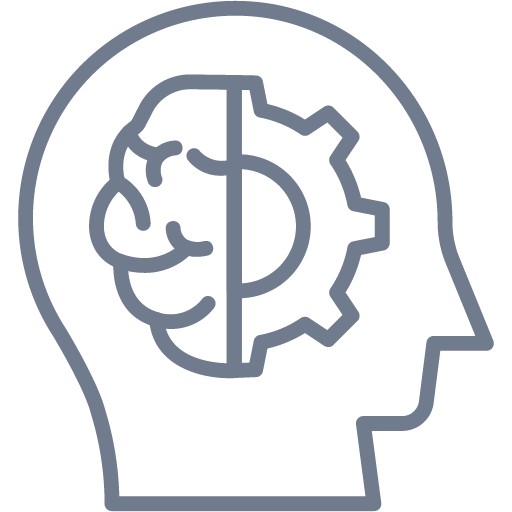
It facilitates the understanding
of the system dynamics, increasing the possibility of finding high impact and lasting solutions.
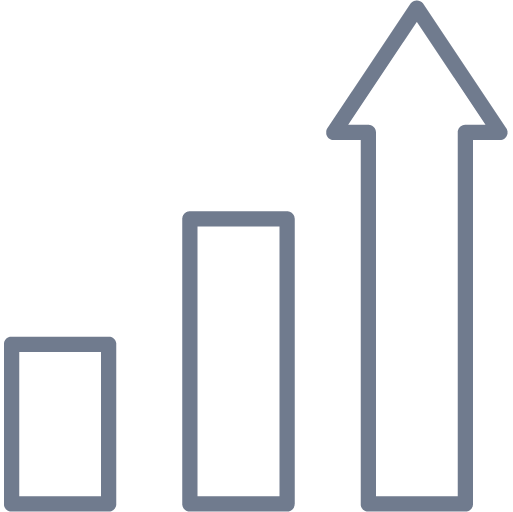
A simulation model
allows to analyze and find solutions where other methodologies fail, by being able to represent the problem's true complexities in a dynamic context.
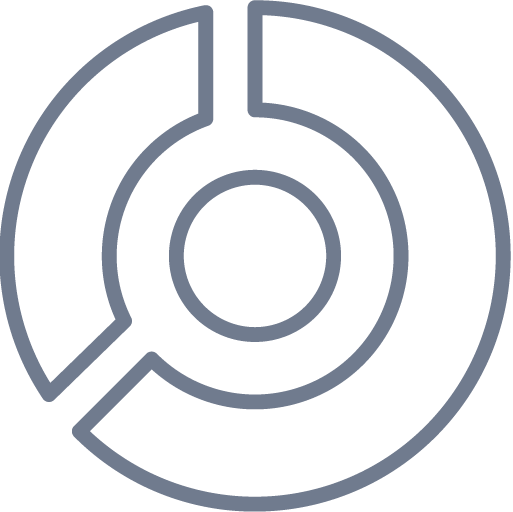
It allows to assess
the impact of alternative solutions and facilitates the study by scenarios.

It increases the certainty
in decision making by backing it with objective and quantitative indicators.
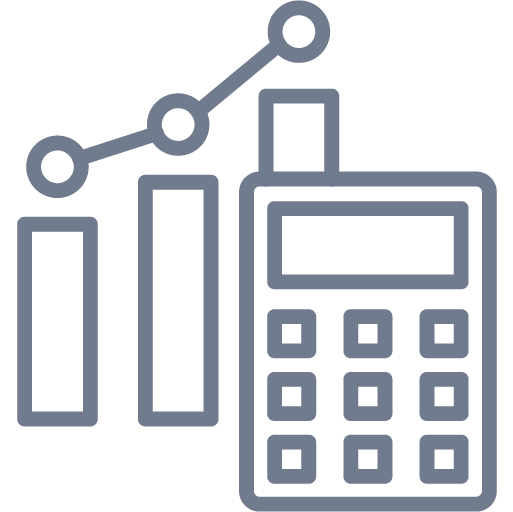
It can be a key diagnosis
and communication element by the use of dashboards and animations.

Applied to solve real problems
In industries such as Manufacturing, Transportation & Logistics, Mining, Oil & Gas, among others.
Concepts
At Eurystic we develop both traditional analytical and simulation models, as appropriate for the case to be solved.
Analytical models are often more efficient in its execution, but systems are frequently hard to represent mathematically. In turn, simulation models allow to depict more complex systems, with many interrelated components, stochastic processes, and where time is one of the key variables.
Simulation is the representation of a system through a model and its execution in time to analyze it’s evolution.
Process modeling solves real problems in an secure and efficient manner. It provides a key analysis method that could easily be verified, communicated and interpreted. The properties of simulation models allow to delve into the dynamics of complex problems, providing valuable and precise solutions.
The uses of simulation are extensive and varied, specially useful when experimentation with the real system is impossible or impractical, due to costs or time.

Methodologies
We develop simulation models applying the three main methodologies, even combined in the same model, to represent systems of all types of complexity.
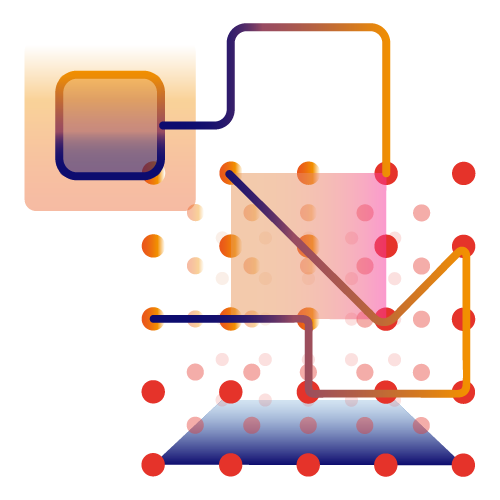
Discrete Event
The systems operation is modeled as a sequence of discrete events in time. It is useful to represent components of low or medium abstraction, being usually applied to model processes such as queues and production lines.
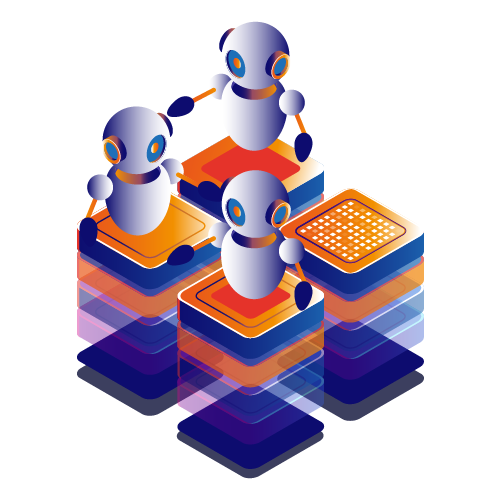
Agents Based
Actions and interactions between agents, individual or collective, are modeled, with the state and global dynamics of the system being the emergent result of said interactions. It is utilized to represent systems with all types of abstraction levels, being usually applied to model complex entities such as warehouse cranes.
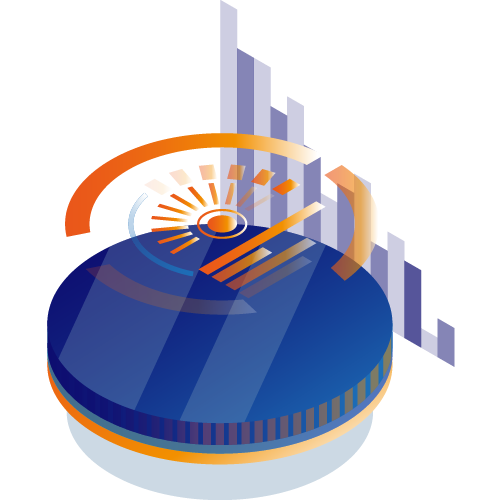
System Dynamics
Used to comprehend the behavior of complex systems with non-linear relationships, and high level of abstraction. Usually applied to represent systems with focus on the global behavior of the system, and not the detailed interaction of its components.

Discrete Event


Agents Based


System Dynamics
